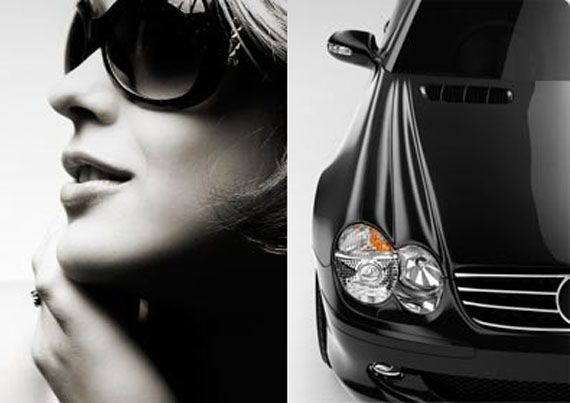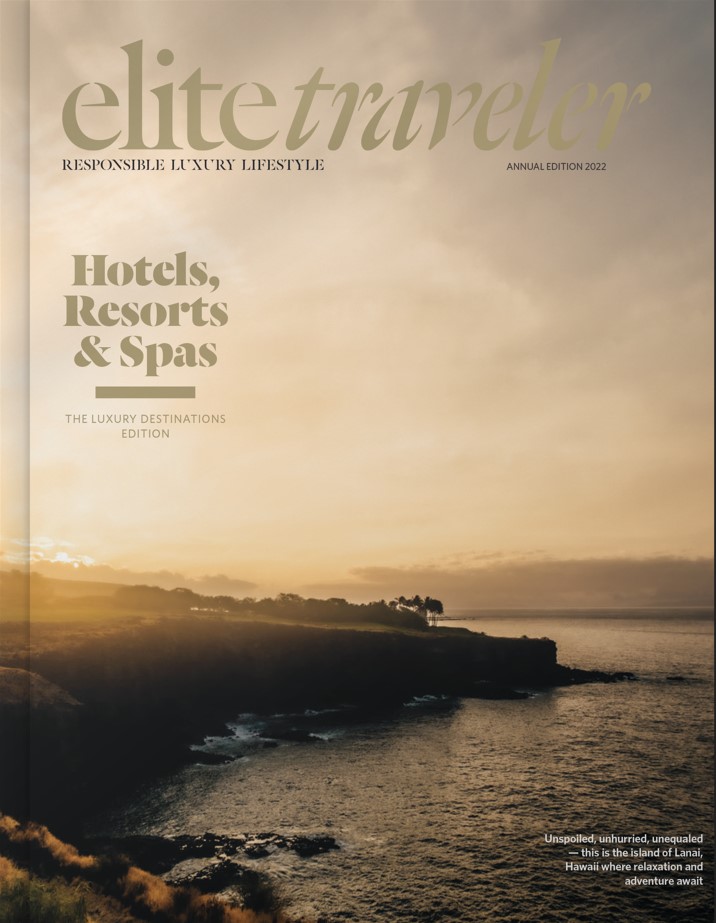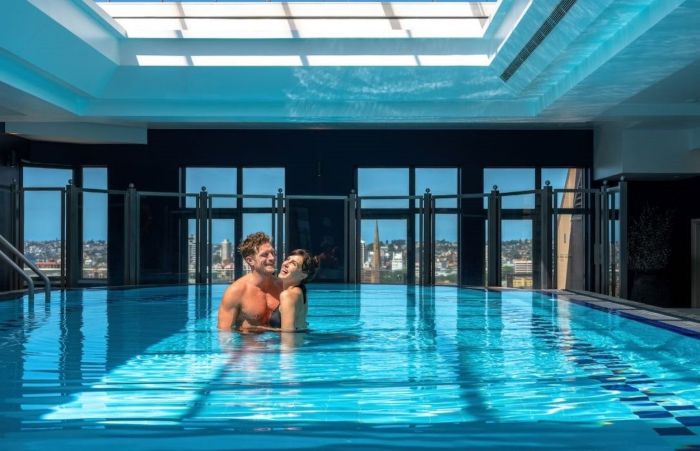
Photo Courtesy of the Luxury Institute
The Luxury Institute conducts extensive research with wealthy consumers about their behaviors and attitudes on customer experience best practices and publishes their results nine times a year. Here is their latest data, with statistics and trend inferences, published June 15, 2011.
Luxury retail sales more substantial than mass-market in May
Consistent outperformance by luxury retailers (in contrast to mass-market retailers) continues and widens in May. Saks is leading the way with a 20.2% increase in sales at stores open at least a year, with shoes and designer apparel for both men and women, as well as handbags, accessories, jewelry, cosmetics and fragrances. The picture was also bright at Neiman Marcus, which reported a broad-based 12% increase in comparable sales. Nordstrom's year-over-year increase was less notable at 7.4% and more robust at the higher end: a 7.9% rise in sales at its full-price stores and 5.9% at its Rack discount chain.
Distinct niche markets - who compete less on sales and more on value proposition - are also posting sharp gains in sales
 Good examples are Lululemon Athletica in yoga fashion and another is Vera Bradley in patterned handbags. Also surprising is the growth in luxury children's apparel. Bonpoint and MonnaLisa have expanded from Milan to the U.S., and other brands L.O.L. Kids and Miss Grant, have done exceptionally well also.
Good examples are Lululemon Athletica in yoga fashion and another is Vera Bradley in patterned handbags. Also surprising is the growth in luxury children's apparel. Bonpoint and MonnaLisa have expanded from Milan to the U.S., and other brands L.O.L. Kids and Miss Grant, have done exceptionally well also.
Gen Ys and Millennials
Millennials and Generation Ys - born between 1975 and 1990 - shows a broadening of the concept of luxury with names as diverse as Apple and Grey Goose viewed more widely as luxury brands than some old classics.
Consumers between 21-35 years of age who earn at least $150,000 per year ($271,000 average) define luxury brands much more in terms of loyalty programs and unique offers than do their older wealthy cohorts. Craftsmanship and quality still account for a great deal, but loyalty programs, special offers and personalized service rise in importance for younger shoppers. Forty-four percent of wealthy millennial shoppers identify loyalty programs to be an essential component of a luxury brand, but only 14% of older high net worth consumers consider them to be important.
Nearly two-thirds (64%) of wealthy millennial shoppers identify superior quality and design as essential elements of a luxury brand, followed by craftsmanship (58%) and brand heritage (54%).
One-half of younger wealthy consumers insist upon exclusivity, superior customer service and one-of-a-kind products. Also important to well-to-do millennials are free returns & shipping (54%), lifetime guarantees (52%) and priority access to pre-sales (49%).
 Wealthy Generation Y individuals born after 1975 are much more likely to have made a luxury purchase in the past year than 35-plus wealthy consumers: 83% versus 66%. The frequency of purchases by younger shoppers possibly comes from the multiplicity of digital ways that they buy, from the web, telephone and increasingly via customized apps on mobile devices like smartphones and tablets.
Wealthy Generation Y individuals born after 1975 are much more likely to have made a luxury purchase in the past year than 35-plus wealthy consumers: 83% versus 66%. The frequency of purchases by younger shoppers possibly comes from the multiplicity of digital ways that they buy, from the web, telephone and increasingly via customized apps on mobile devices like smartphones and tablets.
In fact, one-third of wealthy millennials buy spirits and wine somewhere besides a physical liquor store or wine shop: 16% buy on the web, 11% buy on their smartphones and 5% buy spirits mail-order and over the phone. This contrasts to 87% of older wealthy drinkers who buy exclusively in-store.
Apple, cited without prompting by 45% of wealthy millennials as a leading luxury brand, tops all other brands, followed by Rolex, Coach and BMW, each offered by 30% of respondents as examples of luxury leaders. The prominence of Apple is suggestive of how wealthy millennials view luxury much more for the experiential factors associated with it, rather than relying excessively on brand heritage or residual prestige earned long ago.
Below are the top three luxury brands identified by wealthy millennials in some of the 16 categories covered in the 2011 WealthSurvey:
Apparel: Gucci (12%), Prada (7%), Banana Republic (6.5%)
Shoes: Jimmy Choo (13%), Prada (8%), Nike (7%)
Handbags: Coach (30%), Louis Vuitton (12%), Gucci (10%)
Automobiles: BMW (29%), Mercedes-Benz (26%), Lexus (23%)
Personal Electronics: Apple (45%), Sony (15%), Dell (9%)
Leisure Travel & Hospitality: Four Seasons (13%), Ritz-Carlton (12%), Hilton (9%)














